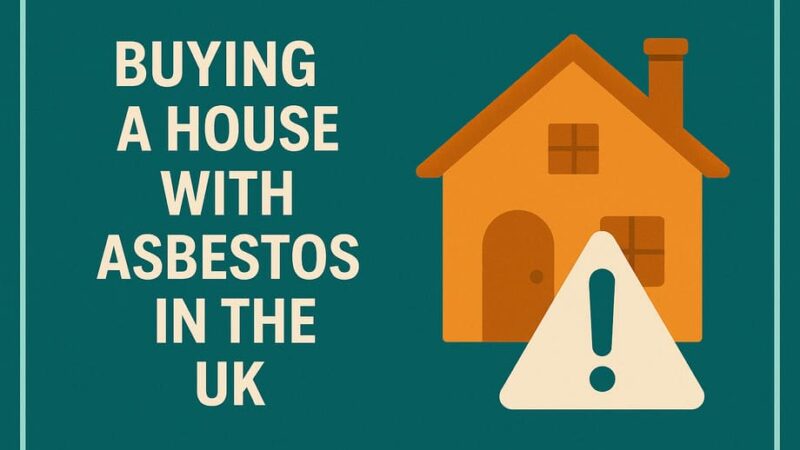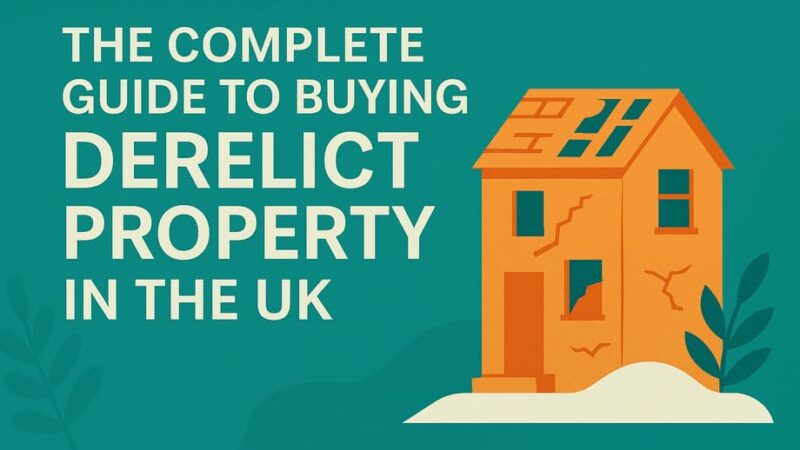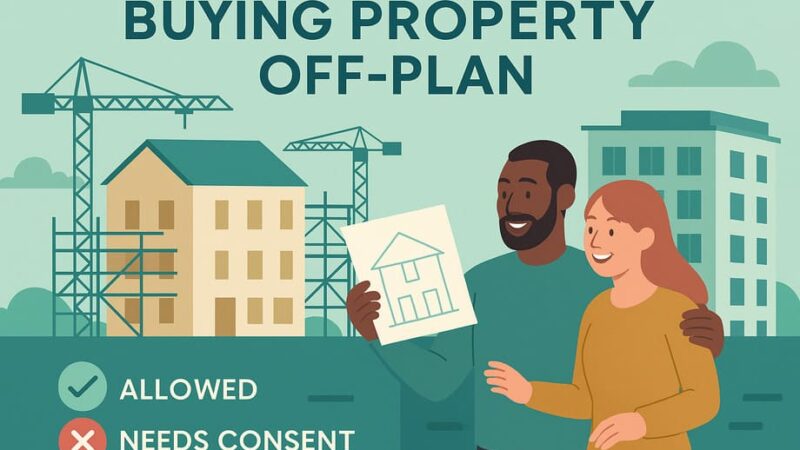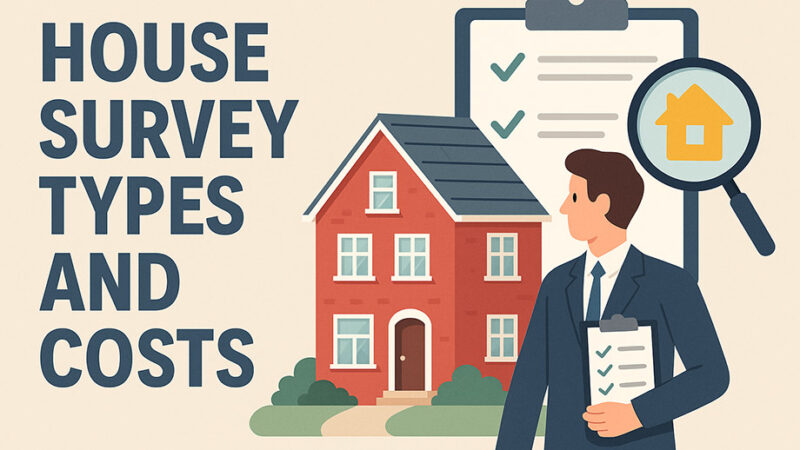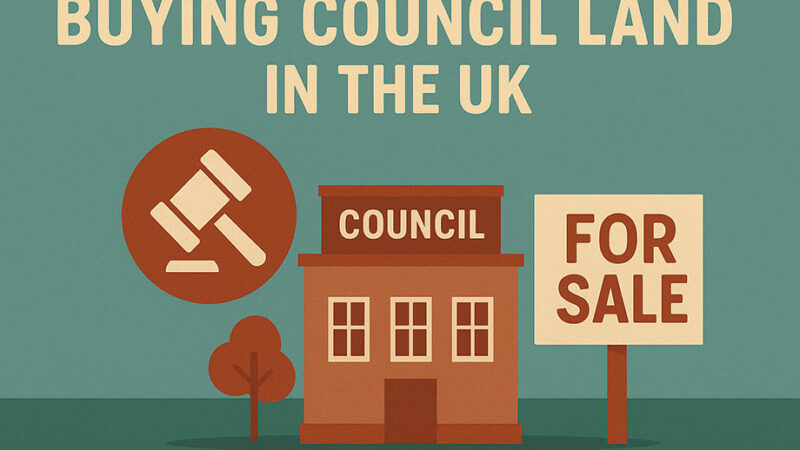What Are Bridging Loans And How Do They Work?
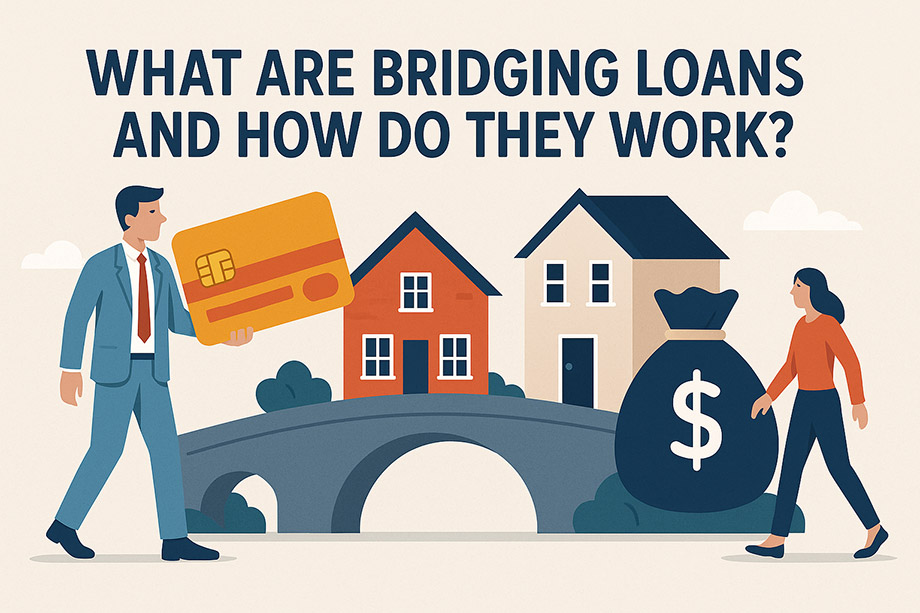
In this guide we look at what bridging loans are, how they work, how much they cost and if they’re the right type of loan for you.
A bridging loan is a short-term loan used to help you ‘bridge the gap’ when you want to buy something, but you’re waiting for funds to become available from the sale of something else.
Bridging loans are often used by people who want to buy a new home before selling their current one.
Landlords, homeowners and property investors use them to help with things like:
- Buying a property at auction (where you need to complete quickly)
- Purchasing a new home before selling your current one
- Funding property renovations or improvements
- Investing in buy-to-let properties
- Avoiding broken property chains
- Securing properties below market value
Types of bridging loan
There are two types of bridging loan:
Open bridging loans
This type of loan has no fixed repayment date and so can be repaid whenever your funds become available. However, lenders will normally expect you to clear the debt within one year although some lenders offer longer repayment terms.
Closed bridging loans
A closed bridging loan has a fixed repayment date. The date will usually be based on when you know you’ll have your funds available (for example when the sale of your house has gone through). This type of loan is usually cheaper than an open bridging loan because there is less flexibility available around repayment.
Whichever type of bridging loan you go for, lenders will want to see details of how you plan to repay it (such as money from a property sale). This is sometimes called an ‘exit plan’.
How do bridging loans work?
When you take out a bridging loan, the lender will place a ‘charge’ on your property. This means that if you fail to repay the loan, the lender will take its repayment from the sale of the property.
First charge bridging loans
If you don’t have any other loans secured on your property (for example, you own it outright) then this will be a ‘first charge’ bridging loan. With this type of loan if you fail to repay the loan and your home is sold to pay off the debt, the bridging loan lender will receive its repayment first.
Second charge bridging loans
If you already have one or more loans secured on the property (such as a mortgage) then it will be a ‘second charge’ bridging loan. If you fail to repay the bridging loan and your home is sold to pay off the debt, the bridging loan lender would take its repayment after your mortgage provider had taken its.
Second charge loans are usually more expensive than first charge loans as there’s more chance the second charge lender won’t recover its money if you can’t keep up repayments. A second charge loan will also require the consent of the first charge lender which is normally your mortgage provider.
Regulated vs unregulated bridging loans
Regulated bridging loans
Bridging loans on residential properties that you or your close family live in (or are going to live in) must be regulated by the Financial Conduct Authority (FCA).
Regulated bridging loans:
- Have a maximum term of 12 months
- Offer greater consumer protection
- Require stricter affordability assessments
- Must follow FCA rules and standards
Unregulated bridging loans
Bridging loans on commercial properties, including properties bought as an investment such as renovation projects or buy-to-lets, can be unregulated.
Unregulated bridging loans:
- Can have longer terms (up to 18-36 months)
- Have more flexible criteria
- Offer less regulatory protection
- Are processed more quickly
How much can you borrow?
Lenders offer bridging loans from anywhere between £5,000 to £25m or more, so the amount you can borrow will depend on your current financial circumstances and your credit history.
Most lenders will allow you to borrow up to 75% of the value of your property. They generally allow you to borrow more for a first charge bridging loan than a second charge loan.
Example:
- Property value: £400,000
- Maximum bridging loan (75%): £300,000
- Your deposit needed: £100,000 plus fees
How much do bridging loans cost?
Due to the short-term nature of bridging loans, they tend to be very expensive compared to other types of loan. Companies will usually charge monthly rather than annual percentage rates (APR).
Interest rates
Current bridging loan rates typically range from:
- 0.55% to 0.75% per month for the best deals
- 0.75% to 1.5% per month for average deals
This type of monthly charging means that just a small difference in interest rates can have a big impact on the overall cost of your loan. For example:
- A 1% monthly interest rate is equivalent to 12.7% APR (taking compound interest into account)
- A 2% monthly interest rate is equivalent to 26.8% APR
How interest is charged
Not all companies charge interest monthly. You might also find your loan payments are deferred or rolled up. This means you don’t pay the interest on your loan until the end of the agreement.
There are three ways interest can be charged:
- Monthly payments – like an interest-only mortgage
- Retained interest – deducted from the loan amount upfront
- Rolled-up interest – added to the loan balance and paid at the end
Additional fees
There are also set-up fees. These can include:
- Arrangement fees – typically 1-2% of the loan amount
- Valuation fees – £300 to £1,500 depending on the property
- Legal fees – £1,000 to £3,000+ for complex cases
- Broker fees – often £500 to £2,000 (sometimes waived)
- Exit fees – some lenders charge 1-2% if you repay early
Total cost example
If you borrowed £100,000 over 6 months at 0.8% per month:
- Interest cost: £4,800
- Arrangement fee (2%): £2,000
- Legal and other fees: £2,000
- Total cost: £8,800
Can you get a bridging loan with bad credit?
There are companies which will consider lending to you if you have ‘bad credit’, but you will be seen as ‘higher risk’ and so the cost of your loan will probably be higher too.
Bridging loan lenders are often more interested in:
- The value of the property you’re using as security
- Your exit strategy (how you’ll repay the loan)
- Your overall financial situation
- The strength of your property portfolio
It’s worth checking your credit report before you apply so you can get an idea of what your current credit history looks like. If you do have bad credit, there are things you can do to improve your credit score.
Alternatives to bridging loans
A bridging loan is designed specifically for when you need a short-term loan, but it isn’t the only option available. Here are a few others to consider:
Secured loans
Secured loans let you borrow larger amounts than personal loans and tend to charge lower interest rates than bridging loans. But like bridging loans, your home is at risk if you don’t keep up the repayments.
Personal loans
Some lenders offer personal loans of up to £50,000, although £25,000 is a more common limit. A personal loan could be an alternative if you only need a relatively small bridging loan. The interest on a personal loan is charged annually rather than monthly, so the repayments are likely to be cheaper. These loans aren’t secured against your property so your home isn’t at risk of being repossessed.
Remortgaging
You could remortgage your current home to free up money. But think carefully before remortgaging as it’s a long-term decision (consider what would happen if interest rates change or your income were to fall).
Credit cards
You could switch to a 0% balance transfer credit card and save money on smaller amounts.
Family loans
Although it won’t be an option for everyone, you could consider asking a family member for a short-term loan to enable you to buy a property. If you do this, make sure you agree the repayment terms to avoid any disputes later on.
The application process
What you’ll need
To apply for a bridging loan, you’ll typically need:
Property information:
- Property valuation or estate agent opinion
- Title deeds or proof of ownership
- Planning permissions (if applicable)
- Details of existing mortgages
Financial documents:
- Bank statements (usually 3-6 months)
- Proof of income
- Credit report
- Details of your exit strategy
Legal support:
- Solicitor details
- ID and proof of address
How long does it take?
- Fast cases: 1-2 weeks from application to completion
- Complex cases: 2-4 weeks depending on property and legal issues
- Emergency cases: Some lenders can complete in 48-72 hours
The approval process
- Application submitted with initial documents
- Property valuation arranged (usually within 24-48 hours)
- Credit and affordability checks completed
- Legal work begins with solicitors
- Funds released once all conditions met
Risks to consider
What could go wrong?
- Property values fall – you might owe more than the property is worth
- Sale delays – your property might take longer to sell than expected
- Interest costs mount up – monthly charges add up quickly
- Refinancing refused – you might not get approved for a traditional mortgage
Your property is at risk
This is very important: If you fail to repay the bridging loan, your property could be repossessed and sold to pay off the debt. This could result in you losing your home and any equity you had in it.
How to reduce risks
- Have a realistic exit strategy – and a backup plan
- Don’t borrow the maximum – leave yourself some safety margin
- Get professional advice – use experienced brokers and solicitors
- Understand all costs – including what happens if you need to extend the loan
Who can help?
Specialist brokers
Most bridging loans are arranged through specialist brokers who:
- Have access to multiple lenders
- Can negotiate better rates on your behalf
- Guide you through the application process
- Often don’t charge fees to borrowers
What to look for in a broker
- FCA regulation – check they’re properly regulated
- Experience – look for property finance specialists
- Transparency – clear about fees and processes
- Good reviews – check online reviews and testimonials
Is a bridging loan right for you?
Bridging loans work well when:
- You need to move quickly (like buying at auction)
- You’re in a property chain and need to secure your purchase
- You want to buy a property below market value
- You have a clear exit strategy
- You can afford the higher costs
- You’re experienced with property transactions
Consider alternatives when:
- You’re not in a hurry to complete
- The costs seem too high for your situation
- You don’t have a clear way to repay the loan
- You’re buying your first property
- You can’t afford to lose the property if things go wrong
Key tips for bridging loans
Here are our top tips to help you find the right bridging loan:
- Shop around – rates and terms vary significantly between lenders
- Use a specialist broker – they often get better deals than going direct
- Read the small print – check for exit fees and extension charges
- Have a clear exit plan – and ideally a backup option
- Budget for all costs – including fees, legal costs, and potential extensions
- Get independent advice – especially for your first bridging loan
- Don’t rush – even though bridging loans are fast, make sure you understand everything
Example scenarios
Scenario 1: Broken property chain
Situation: Sarah found her dream home for £300,000 but her buyer pulled out days before completion.
Solution: She took a 6-month bridging loan for £225,000 (75% of the new property value) using her current home (worth £250,000) as security.
Outcome: She secured the new property and sold her old home 4 months later. Total cost was about £8,000 in interest and fees – expensive but worth it to secure her dream home.
Scenario 2: Property auction
Situation: A property investor spotted a bargain at auction – a house worth £180,000 available for £140,000, but needed to complete in 28 days.
Solution: He used a closed bridging loan for £105,000 (75% of purchase price) for 12 months, planning to renovate and sell.
Outcome: After 6 months of renovation, he sold for £175,000, making a profit of about £20,000 after all costs including the bridging loan.
The bottom line
Bridging loans can be a valuable tool for property buyers and investors who need to move quickly or bridge a temporary gap in funding. However, they’re expensive and carry significant risks.
Before taking out a bridging loan:
- Make sure you have a clear, realistic plan for repaying it
- Understand all the costs involved
- Consider whether the opportunity is worth the expense
- Get professional advice from regulated brokers and solicitors
- Have a backup plan in case your main exit strategy fails
Remember: Your property is at risk if you cannot repay the loan. Only consider a bridging loan if you’re confident you can repay it and can afford to lose the property if things go wrong.
Bridging loans are specialist products that require careful consideration. Always seek professional financial and legal advice before proceeding. Your property may be repossessed if you do not keep up repayments on a mortgage or any other debt secured on it.
Last Updated on August 1, 2025 by James Cartwright


